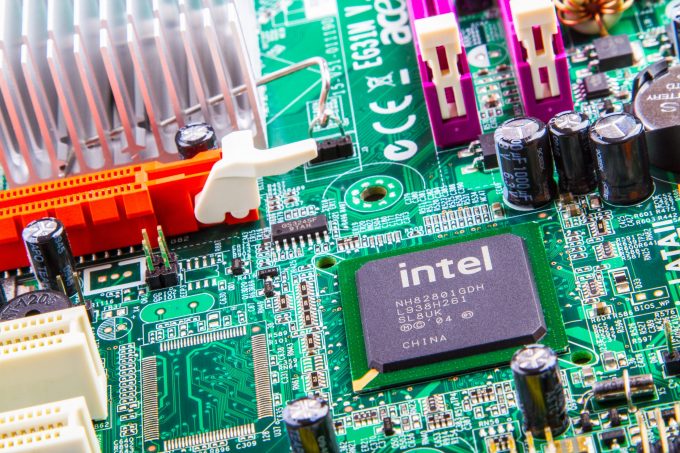European road freight stakeholders outline demands to EC
Yesterday marked the start of a new legislative term in the EU, and road freight ...
UPS: MULTI-MILLION PENALTY FOR UNFAIR EARNINGS DISCLOSUREWTC: PUNISHEDVW: UNDER PRESSUREKNIN: APAC LEADERSHIP WATCHZIM: TAKING PROFITPEP: MINOR HOLDINGS CONSOLIDATIONDHL: GREEN DEALBA: WIND OF CHANGEMAERSK: BULLISH CALLXPO: HEDGE FUNDS ENGINEF: CHOPPING BOARDWTC: NEW RECORDZIM: BALANCE SHEET IN CHECKZIM: SURGING
UPS: MULTI-MILLION PENALTY FOR UNFAIR EARNINGS DISCLOSUREWTC: PUNISHEDVW: UNDER PRESSUREKNIN: APAC LEADERSHIP WATCHZIM: TAKING PROFITPEP: MINOR HOLDINGS CONSOLIDATIONDHL: GREEN DEALBA: WIND OF CHANGEMAERSK: BULLISH CALLXPO: HEDGE FUNDS ENGINEF: CHOPPING BOARDWTC: NEW RECORDZIM: BALANCE SHEET IN CHECKZIM: SURGING

The EU is setting out a plan worth €43bn ($49bn) to bring production of semiconductors to Europe in the wake of the shortage of chips from Taiwan and South Korea.
Factors involved in the chip shortage include Covid outbreaks and supply chain disruptions at Ningbo and other ports, increased consumer spending on electronics during lockdowns and a run on graphics cards used for bitcoin mining.
EU president Ursula von der Leyen said chips were “…at the centre of the global technological race… the bedrock of our modern economies”, and the shortage was causing “whole production lines to come to a standstill”.
Manufacturing chips is complex. Though plans are being made to establish new facilities – South Korean giant Samsung, for example, is planning investments of $205bn in more production – it takes years for production lines and facilities to begin producing semiconductors.
Upfront investment costs are high, as well, experts estimate that a facility capable of developing the very latest semiconductor chips would cost some $18bn to build and commission.
Similar moves have been made in the US, where some $52bn is being invested in the development of a chip-producing sector. US tech company Intel plans to invest $95bn over the next decade, including setting up some capacity in Europe.
Though these investments are necessarily for the long-term production of semiconductors, the issue is regarded as a matter of strategic importance for Europe and the US, since Asia’s “big four” account for more than 70% of production. The US only manufactures about 10% of the chips it uses.
As well as nearshoring trends, experts envision much greater supervision over supply chains in the wake of the semiconductor shortage, driven by digitalisation.
“In manufacturing, for example, this means businesses are able to obtain insights on which customer orders might be delayed and when various types of inventory shortages are likely to delay production lines,” said Jason Alexander, national manufacturing sector leader of the US branch of audit, tax and consulting network RSM International.
“Organisations can glean unprecedented detail via these advanced technologies and be more agile and proactive, pre-empting supply chain issues, which will lead to more consistency and a better service for their customers at the end of the day.”
Comment on this article